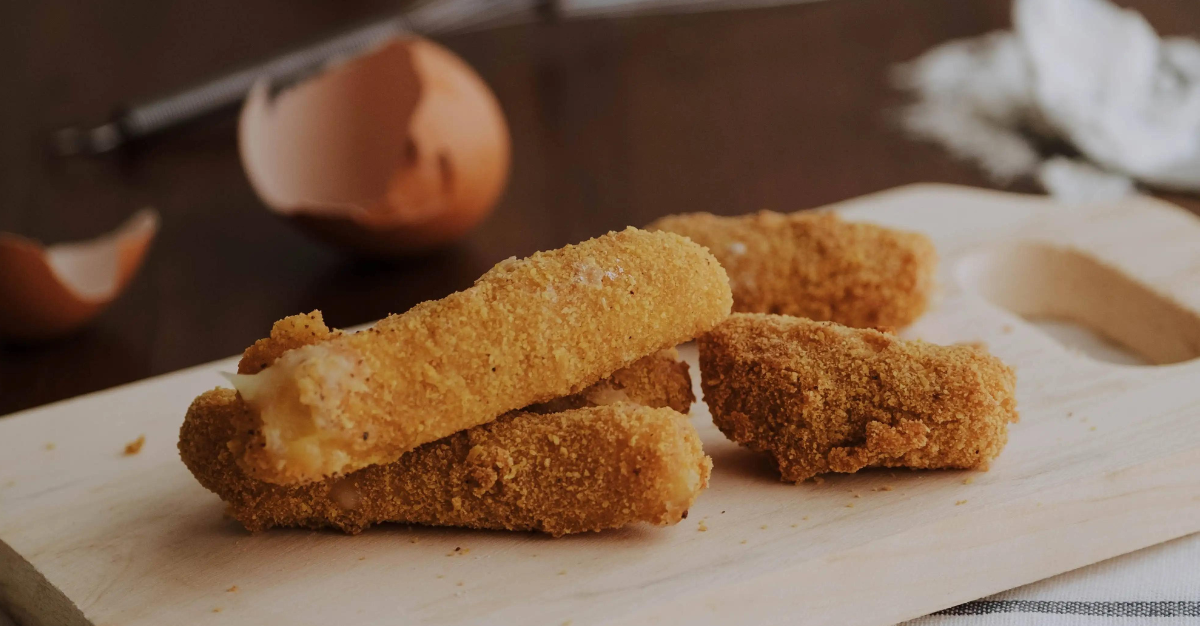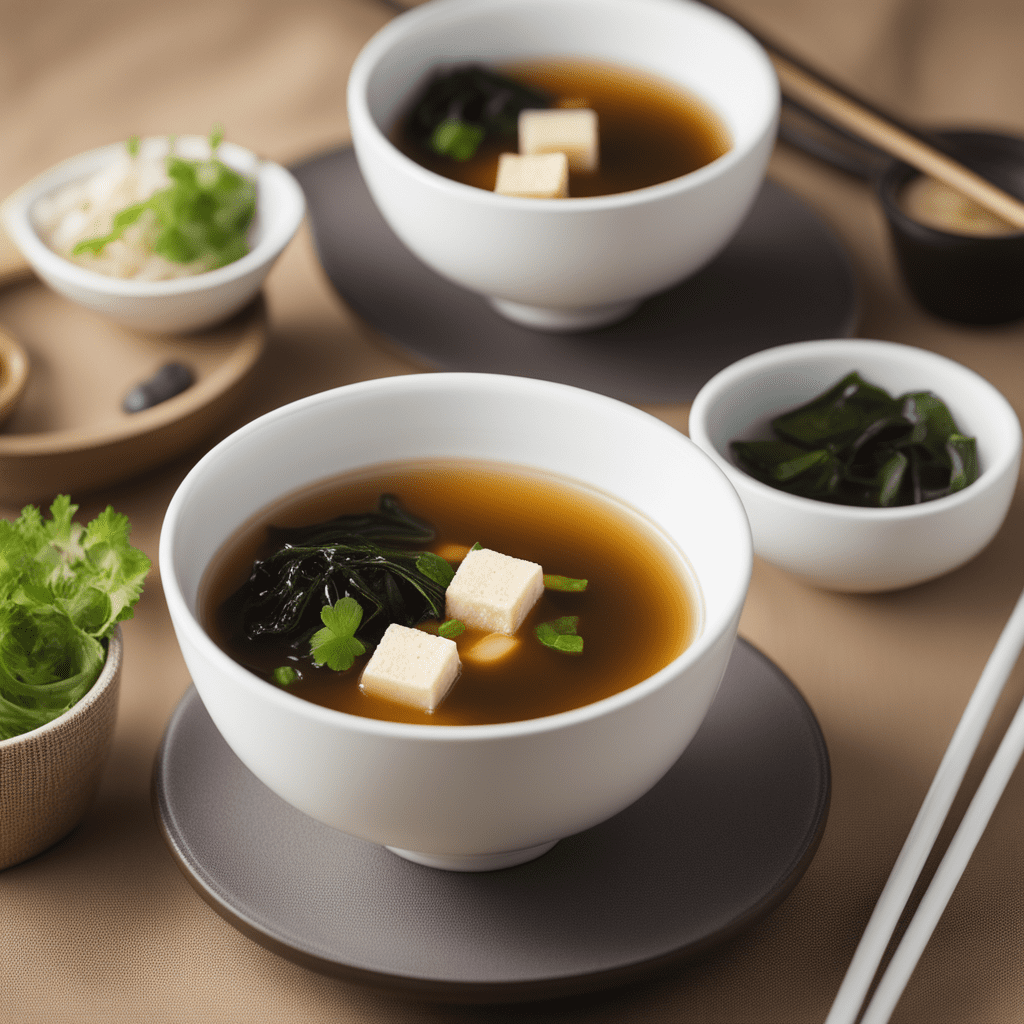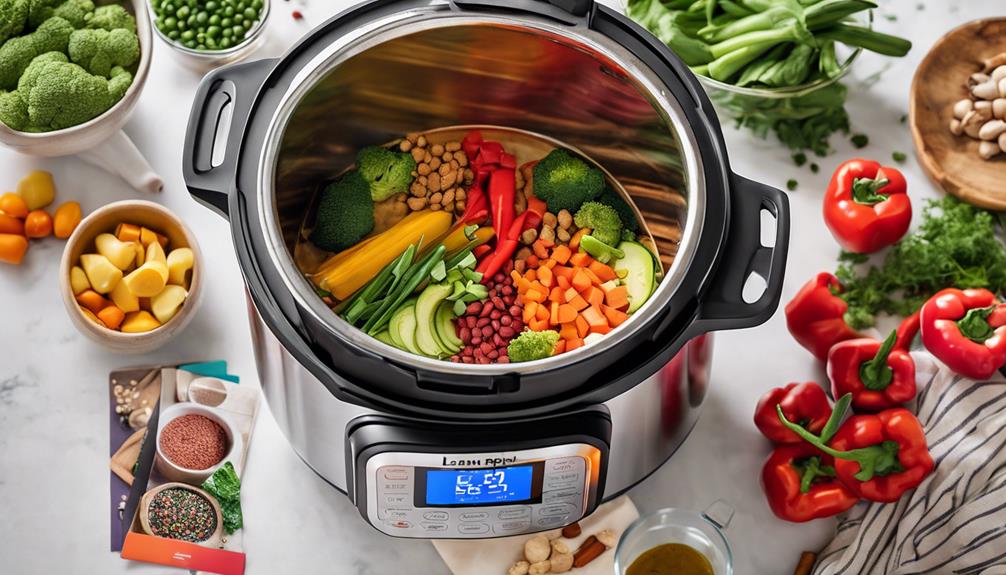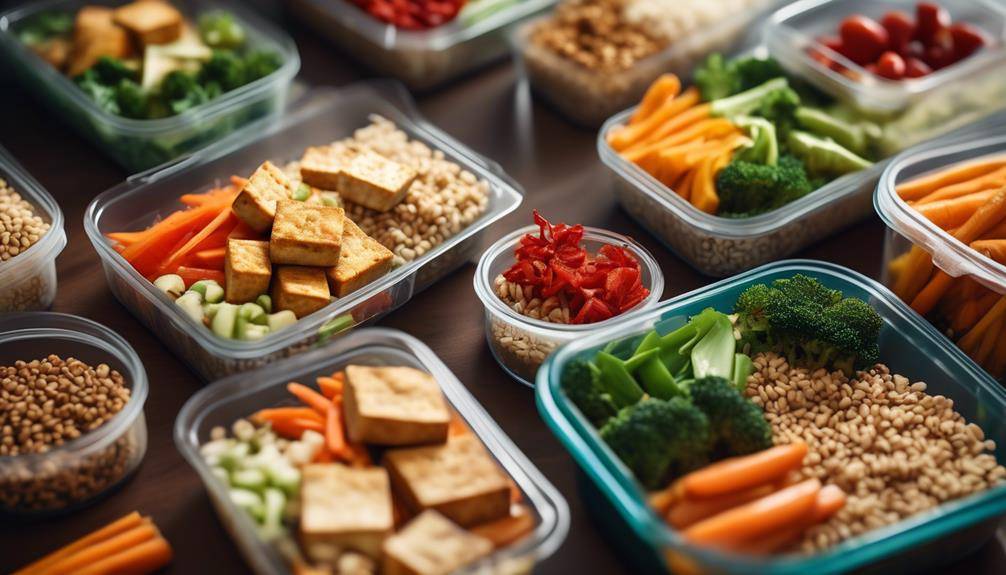What Secrets Elevate Choux Pastry To Perfection
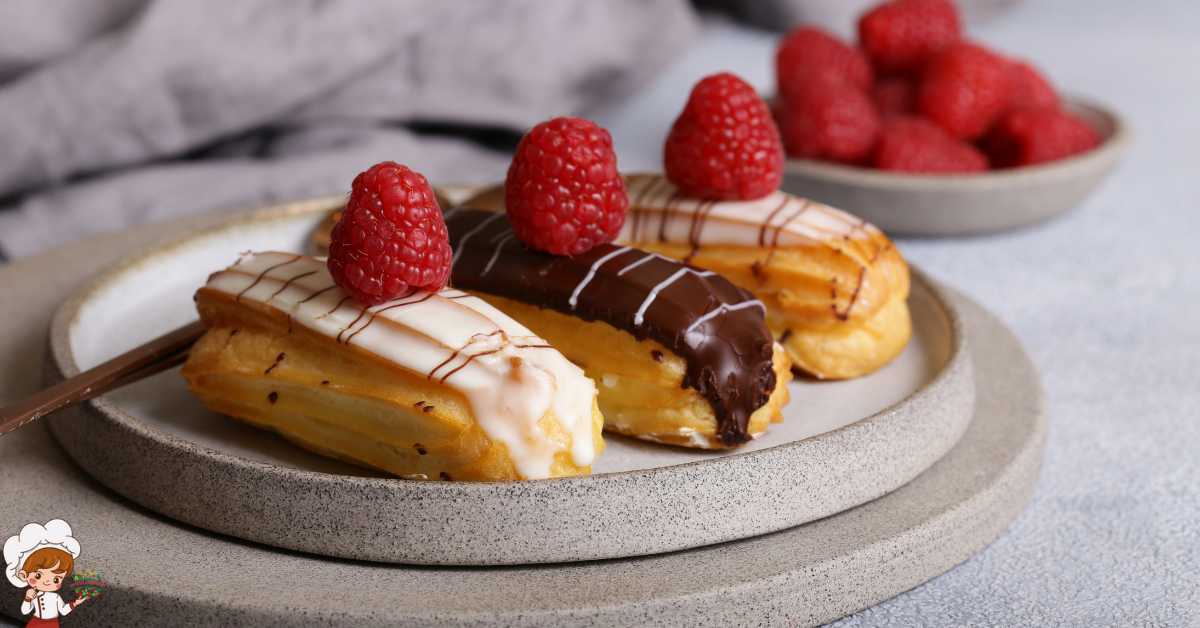
Elevate Choux Pastry To Perfection; Picture this: you’re transported back to the bustling streets of 19th-century Paris, where the aroma of freshly baked pastries fills the air. In this timeless scene, one delicacy stands out among the rest – the choux pastry. But what is it that makes this delectable treat so irresistible? What are the secrets that elevate choux pastry to perfection? Well, my friend, prepare to embark on a journey of culinary discovery, as we unravel the mysteries behind this beloved French pastry.
From the art of mixing to the delicate balance of temperature, we will explore the hidden techniques that transform a simple dough into a masterpiece. So, grab your apron and get ready to uncover the secrets that will take your choux pastry to new heights.
The Importance of Proper Mixing Techniques
To achieve the pinnacle of choux pastry perfection, you must master the art of proper mixing techniques. As any seasoned pastry chef will confirm, the consistency of the dough and its hydration are paramount in crafting delicate, airy choux pastries that are both visually stunning and delightfully light on the palate.
When it comes to achieving the ideal dough consistency, precision is key. The dough should be neither too thick nor too thin, but rather possess a smooth and slightly sticky texture. This ensures that the pastry will rise evenly during baking, creating the characteristic hollow center that is perfect for filling with luscious creams or custards.
Dough hydration is another crucial aspect of choux pastry mastery. By carefully controlling the amount of liquid added to the dough, you can influence its final texture and structure. A properly hydrated dough will have enough moisture to create steam during baking, resulting in a crisp and golden exterior, while still maintaining an interior that is tender and moist.
Achieving the perfect dough consistency and hydration requires a delicate balance of technique and intuition. The mixing process should be gentle, yet thorough, ensuring that all ingredients are fully incorporated without overworking the dough. This will prevent the development of gluten, which could result in a dense and tough pastry.
Achieving the Perfect Consistency of the Dough
To achieve the perfect consistency of the dough, you must pay attention to three crucial points. First, the hydration levels of the dough must be carefully measured and adjusted to ensure the right balance of moisture. Second, mastering the mixing technique secrets will result in a smooth and elastic dough that bakes to perfection. Lastly, temperature control during the dough-making process is of utmost importance to ensure consistent results every time. Remember, these three points are the key to elevating your choux pastry to perfection.
Dough Hydration Levels
Achieving the perfect consistency of the dough in choux pastry is a delicate art that hinges on understanding the hydration levels. The amount of liquid in the dough greatly influences the final product’s texture and taste. Choux pastry is known for its light and airy texture, which is achieved by carefully controlling the dough’s hydration. A higher hydration level results in a more tender and delicate pastry, while a lower hydration level creates a sturdier and crisper texture.
The flavor variations of choux pastry are endless, from classic vanilla and chocolate to more adventurous options like matcha or lavender. When it comes to filling options, choux pastry can be filled with a variety of creams, mousses, or even savory fillings like cheese or smoked salmon. The dough’s hydration level serves as the foundation for the perfect choux pastry, ensuring a delightful balance of flavors and textures.
Mixing Technique Secrets
With a deep understanding of dough hydration levels, you can now embark on the art of mastering the mixing techniques that will elevate your choux pastry to perfection. Proper mixing techniques play a crucial role in achieving the perfect consistency of the dough, resulting in light, airy, and delicate pastries. When it comes to choux pastry, the key is to strike the right balance between incorporating the ingredients and developing gluten.
Overmixing can lead to a tough and dense texture, while undermixing may result in a flat and deflated pastry. To achieve the ideal consistency, start by gently stirring the flour into the liquid mixture until just combined. Then, gradually add the eggs while continuously stirring until the dough becomes smooth and glossy. Remember, mastering the art of proper mixing techniques is the secret to creating choux pastry that is truly exceptional.
Temperature Control Importance
Mastering the perfect consistency of the dough in choux pastry requires meticulous temperature control. The right temperature control techniques are essential for achieving the desired elasticity and texture in the dough. When it comes to choux pastry, precision is key. The dough must be cooked at a specific temperature to allow it to rise and create that light, airy interior. To manage the dough’s elasticity, it is crucial to maintain a consistent temperature throughout the process. This can be achieved by using a thermometer to monitor the heat of the oven and adjusting it accordingly.
Additionally, controlling the temperature of the ingredients, such as the water and butter, is vital to ensure the dough’s proper development. By mastering temperature control techniques, you can elevate your choux pastry to perfection.
Understanding the Role of Temperature in Choux Pastry
As you embark on the journey of perfecting your choux pastry, it is crucial to understand the pivotal role that temperature plays in achieving success. Controlling the heat during the preparation process is of utmost importance, as even the slightest fluctuations can have a significant impact on the final result. By comprehending the intricate relationship between temperature and choux pastry, you will unlock the key to creating consistently exquisite treats.
Importance of Heat Control
To achieve the perfect choux pastry, precise control of heat is essential, as it plays a crucial role in determining the texture and structure of this delicate French delight. Heat distribution and temperature accuracy are key factors to consider when working with choux pastry. The dough must be cooked at a high heat to create the characteristic rise and lightness, but it is equally important to maintain a steady temperature throughout the baking process.
Too much heat can cause the pastry to brown too quickly, resulting in a burnt exterior and undercooked interior. On the other hand, insufficient heat can lead to a collapsed and soggy pastry. Achieving the right balance requires attentiveness and skill, ensuring that the choux pastry emerges from the oven with a golden, crisp shell and a tender, airy interior.
Impact of Temperature Fluctuations
Precise temperature control is of utmost importance when working with choux pastry, as even the slightest fluctuations can significantly impact its final texture and structure. Temperature regulation plays a crucial role in achieving the perfect choux pastry, where the delicate balance between moisture and heat is the key. Choux pastry is made by cooking a mixture of flour, butter, water, and eggs, and during this process, temperature fluctuations can affect the formation of steam within the dough. Too high of a temperature can cause the dough to expand too quickly, resulting in a hollow and collapsed pastry.
On the other hand, if the temperature is too low, the dough may not rise properly, leading to a dense and heavy texture. Therefore, maintaining precise temperature control throughout the entire baking process is essential to ensure a light, airy, and perfectly puffed choux pastry.
Mastering the Art of Piping and Shaping
Enhance your choux pastry creations by honing your skills in the art of piping and shaping. Piping techniques and shaping methods are crucial in achieving the perfect texture and appearance of these delicate pastries. Here are four indispensable tips to help you master this art form:
- Choose the right piping tip: The choice of piping tip can greatly influence the final result. For éclairs and choux buns, use a round or star tip to create uniform shapes and textures. If you prefer a more rustic look, a plain tip will do the trick. Experiment with different sizes and shapes to find the perfect fit for your desired outcome.
- Hold the piping bag correctly: Hold the bag firmly with one hand and use the other hand to guide the movement. Apply even pressure to ensure consistent piping. Start from the center and pipe in a circular motion for round shapes. For straight lines, hold the bag at a 45-degree angle and apply steady pressure while moving in a straight line.
- Master the technique of shaping: Shaping the choux pastry is an art in itself. To create éclairs, pipe the dough into straight lines of equal length. For choux buns, pipe small mounds, allowing enough space between them for expansion. To achieve a symmetrical shape, use a template or draw outlines on the baking paper before piping.
- Pay attention to consistency: The consistency of the choux pastry is crucial for successful piping and shaping. It should be smooth and slightly sticky, but not runny. If the dough is too thick, it will be difficult to pipe; if it’s too thin, the shapes may spread excessively. Adjust the consistency by adding or reducing the amount of liquid in the recipe.
Unveiling the Secrets of Baking Choux Pastry
Unleash the full potential of your choux pastry creations by delving into the art of baking and uncovering the secrets that will elevate your pastries to new heights of perfection. Baking choux pastry requires precision and attention to detail, but fear not, for we have gathered some valuable baking tips and flavor variations that will surely enhance your baking experience.
When it comes to baking choux pastry, one of the key secrets lies in the consistency of the dough. Achieving the perfect balance between a smooth, silky texture and a sturdy structure is crucial. To achieve this, make sure to cook the dough on low heat, gradually adding the flour to the mixture. This will ensure that the dough is adequately cooked and will result in a light and airy pastry.
Another important tip is to avoid opening the oven door while the choux pastry is baking. The sudden change in temperature can cause the pastries to collapse. Instead, rely on your oven light and trust the baking time provided in the recipe. Patience is key when it comes to baking choux pastry.
Now let’s explore the exciting world of flavor variations. While the classic choux pastry is undeniably delicious on its own, there are endless possibilities for adding unique flavors. Consider incorporating ingredients such as cocoa powder, matcha powder, or even spices like cinnamon or nutmeg into the dough. You can also experiment with different fillings such as flavored creams, fruit compotes, or even savory options like cheese or smoked salmon.
The Key Ingredients for Success
To achieve choux pastry perfection, understanding the key ingredients is essential for creating delectable pastries that will leave your taste buds in awe. Here are the four key ingredients and techniques for success:
- Flour: The type of flour used plays a crucial role in the texture and structure of choux pastry. Opt for all-purpose flour, which has a moderate protein content. This will provide the right amount of gluten formation, allowing the pastry to rise evenly while remaining light and airy.
- Eggs: Eggs are the heart and soul of choux pastry. They contribute to its structure, moisture, and richness. Be sure to use large eggs and add them one at a time, fully incorporating each before adding the next. This gradual addition ensures proper emulsification and a smooth, glossy dough.
- Butter: Butter adds flavor and richness to choux pastry. Use unsalted butter to have control over the salt content in your recipe. Cut the butter into small pieces and add it to the boiling water and flour mixture. This technique, known as “beurrage,” helps create a crisp and golden exterior.
- Water: Water is the liquid component that creates steam during baking, causing the pastry to puff up. Use room temperature water to prevent temperature shock when combined with the hot butter mixture. This will help achieve a more consistent rise.
Troubleshooting Common Choux Pastry Issues
When encountering common issues with choux pastry, it is essential to understand the causes and solutions to ensure perfect results every time. Troubleshooting choux pastry issues can be a daunting task, but with a little knowledge and practice, you can master the art of perfecting choux pastry techniques.
One common issue that many bakers face is flat or deflated choux pastry. This can be caused by not incorporating enough air into the dough during the cooking process. To solve this problem, make sure to beat the dough vigorously after adding the eggs. This will help to incorporate air and create a light and fluffy pastry.
Another issue that can arise is a hollow or dry interior. This can happen when the dough is not cooked long enough or at too low of a temperature. To prevent this, make sure to bake the choux pastry at a high temperature initially to create steam and puff up the pastry. Then, reduce the temperature to allow the pastry to cook through without browning too much.
Cracking is another common problem with choux pastry. This can occur when the dough is too dry or when it is not adequately mixed. To prevent cracking, make sure to add enough eggs to the dough to create a smooth and slightly sticky consistency. Additionally, be sure to mix the dough until it is well incorporated and forms a ball that holds its shape.
Elevate Choux Pastry To Perfection; Frequently Asked Questions
Can Choux Pastry Be Made With a Different Type of Flour?
You can experiment with alternative flour options when making choux pastry. However, keep in mind that using a different type of flour may alter the texture and flavor. So, choose wisely and be prepared for a unique twist.
How Long Does It Take for Choux Pastry to Bake?
To achieve a perfect golden crust on choux pastry, bake it at a high temperature for about 10 minutes, then reduce the temperature and continue baking until it’s crisp. Prevent collapsing by avoiding undercooking and opening the oven door during baking.
Can Choux Pastry Be Made Without Eggs?
You can make choux pastry without eggs by using vegan alternatives or alternative binding agents. This allows you to create a delicious and vegan-friendly version of this classic pastry, while still achieving the perfect texture and taste.
What Is the Best Type of Piping Tip to Use for Choux Pastry?
To achieve the best piping techniques for choux pastry, the secret lies in choosing the right piping tip. Consider the size and shape to create perfect, uniform puffs. Troubleshooting common piping problems like uneven shapes will be a thing of the past.
Can Choux Pastry Dough Be Made in Advance and Frozen?
You can definitely make choux pastry dough in advance and freeze it for later. Just make sure to pipe the shells onto a baking sheet and freeze them before transferring to a freezer bag. Thaw them in the refrigerator before baking.
Conclusion
Mastering the art of choux pastry requires a delicate balance of technique, temperature, and ingredients. By understanding the importance of proper mixing techniques and achieving the perfect consistency of the dough, one can elevate choux pastry to perfection. Piping and shaping play a crucial role in creating those iconic puffs, while baking brings out their light and airy texture. With these secrets unveiled, you can now troubleshoot any common issues and confidently create exquisite choux pastry that will delight your taste buds and impress your guests.




